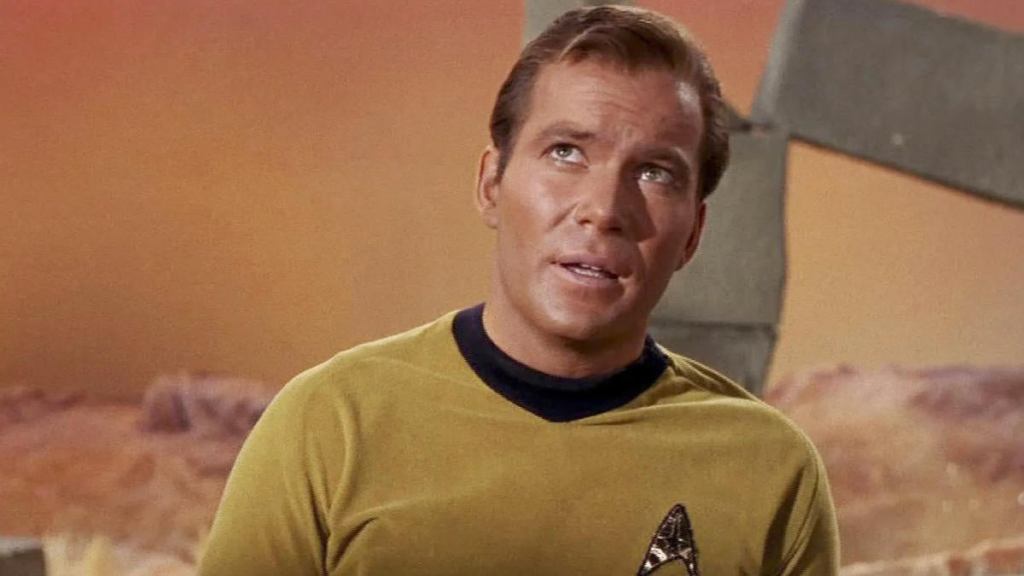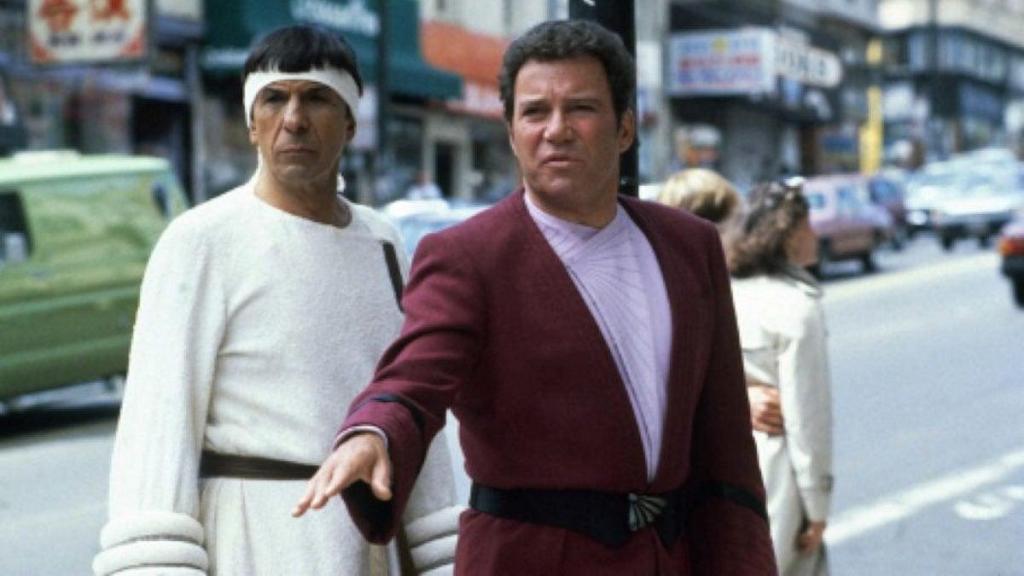With David Ellison’s Skydance now owning Paramount Pictures, reviving this film studio’s biggest franchise is priority number one for the new owner. To wit, two new Star Trek movies are reportedly coming down the pipeline, one of which would unite the Kelvin timeline characters from 2009’s Star Trek. No official release dates have been announced for these projects, but the plan is to get Star Trek back up and running theatrically after roughly a decade of absence from movie theaters. While Star Trek: Discovery in 2017 started an ongoing and expansive Star Trek TV universe on Paramount+, Star Trek on film has been impossible to get back on track.
Videos by ComicBook.com
If Star Trek wants to become a big deal theatrically again, there are some major maneuvers this saga needs to incorporate. If there’s any hope for further Starfleet adventures in multiplexes, then the Star Trek movies must follow these seven steps.
7) Introduce New Characters

The new Star Trek movies cannot lean on pre-existing characters (save for one final movie providing a “send-off” to the Kelvin timeline) to save the day. This saga’s reputation on the big screen is already beleaguered enough. Weighing everything down with new appearances from Picard, Tribbles, Bones, and other Star Trek staples would just reaffirm that the saga only appeals to pre-established fans. Give 2020s moviegoers new Star Trek characters that belong to them.
Better yet, provide new characters suggesting an inspirational vision for eventual unity across communities, like the original show’s vision of Russian officers and Black women just being additional members of the crew. Translating that to the 2020s optics could make a fresh cast of Star Trek characters uber relevant and accessible to modern moviegoers.
6) Don’t Just Make Big-Screen Extensions of the TV Shows

Similarly, don’t make any new Star Trek movies extensions of modern Star Trek programming like Strange New Worlds and Starfleet Academy. That option might sound exciting to some Paramount executives, given how pre-2009 Star Trek movies (especially the 90s Next Generation features) just plopped the casts of famous TV programs into big-screen adventures. However, there’s a big difference in popularity between the 60s Star Trek show and Paramount+ programming. Plus, the MCU has struggled in the 2020s thanks to it tying streaming and theatrical movies too closely. Keep these strains of Star Trek separate; it’ll make the movies more special.
5) Don’t Forget the Hopefulness

2013’s Star Trek Into Darkness ramped up the grimness in this saga, as indicated by the foreboding color palette and a finale involving Zackary Quinto’s Spock endlessly punching the film’s main villain. 2020s Star Trek cinema can’t go down that route. This is a saga about future hopefulness, after all. It’s also a franchise that began with William Shatner punching people in lizard suits. Don’t be afraid to lean into hope and silliness. 2025’s uber-successful Superman proved modern audiences are down for classical, uplifting takes on recognizable characters. The Star Trek Into Darkness approach isn’t necessary.
4) Keep the Budgets Smaller

Star Trek movies have always struggled to really flourish at the overseas box office. The disappointing international grosses for the first and third Kelvin timeline movies in the 21st century have only reaffirmed that truth. Given that the 2020s have seen international demand for many American blockbusters decline to the point that many MCU blockbusters can no longer hit $425+ million worldwide, Star Trek movies need to be made frugally. Chris Pine’s 2023 comments about how these films can and should be made cheaper need to be taken to heart. It’ll dilute the box office pressure on individual installments and potentially open the door for greater creative risks.
3) Do Star Trek Films Need to Be Action Movies?

While the Star Trek TV shows, like Strange New Worlds, have the flexibility to do musical or puppet-centric episodes, the movie side of this franchise seems boxed in to doing just action films. What if new Star Trek films, though, embraced other genres or tones instead of just punching? After all, one of the most beloved Star Trek films, The Voyage Home, is all about saving whales rather than delivering John Wick-style fight choreography. Given the glut of action films in the modern cinematic marketplace, it’s time for the Star Trek movie saga to go back to its sci-fi roots.
2) Set the Films In New, Unexplored Parts of the Timeline

Returning to the topic of accessibility, new Star Trek movies must occupy places in the franchise’s timeline occupied by either minimal or absolutely no additional Star Trek properties. Uncluttered points in the timeline would just make it all the easier for the general public to leap into a new Star Trek movie. Better yet, the greater place in that timeline should largely be superfluous to enjoying whatever new installments this saga produces. After choosing a clutter-free point in the Star Trek timeline, just focus on making a good story rather than how a specific story connects and reflects past movies and TV shows.
1) Hire Young, Exciting Directors to Helm New Movies

To make Star Trek movies relevant to younger moviegoers and the current era of cinema, Paramount will need artists who can bring a fresh perspective to this saga. What does Star Trek even mean to people under the age of 35? Rather than hiring middle-aged and older filmmakers still riding waves of nostalgia from the original 60s Star Trek show, this movie franchise needs fresher eyes to bring something new to the table. Given how much these films have deferred to the past, hiring an exciting young filmmaker would give upcoming Star Trek movies an aesthetic that immediately offers modern audiences something new. If you want new generations of fans to love seeing Star Trek in the theater, then make sure artists in their age range are making these movies.
Star Trek: Discovery and Star Trek: Strange New Worlds are now streaming on Paramount+.









